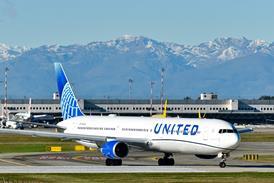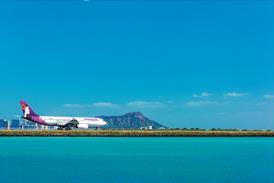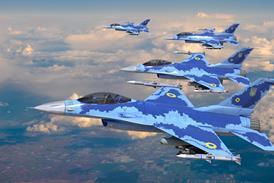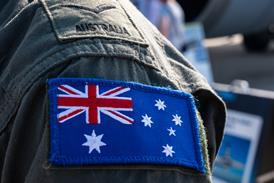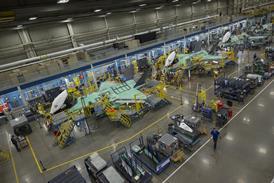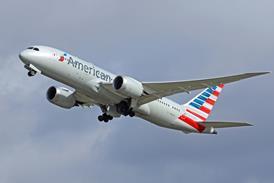Russia and the USA have stepped up their politicised battle to supply the United Arab Emirates (UAE) with a new long- range air defence system. This is despite widening speculation at the show that the programme had been put on hold pending resolution of the UAE's Lockheed Martin F-16D Block 60 fighter purchase.
The US Government's refusal to hand over its latest airborne radar and electronic warfare software to the Gulf state has stalled the F-16 acquisition and, say industry sources, put other big ticket items like the air defence surface-to-air missile (SAM) buy on hold.
The technology transfer issue with the USA, coupled with mounting concern by Gulf Co-operation Council states over the continued US attacks on Iraqi air defence targets, appeared to sway the balance in favour of the Russian system during the show.
UAE air force sources would only say that the country had still to define its requirement and was evaluating all available options, especially the latest technology for countering the escalating tactical ballistic missile threat from weapons of mass destruction in the region. It plans to complement the Raytheon Improved Hawk SAMs in service either with Patriot or Russian S-300V2 (SA-12 Gladiator/Giant) ATBM (Anti-Tactical Ballistic Missile) systems.
Raytheon, which is pitching its latest version of the Patriot, the PAC-3 (Patriot Advanced Capability Configuration 3), against the Almaz Central Design Bureau's latest S-300 developments, is drawing on recent contracts from Greece and Egypt to add weight to its bid.
"Greece selected the Patriot PAC-3 over the Russian system because of lower operational costs," says Donald Olifante, Raytheon vice-president for the Patriot programme.
Greece will take delivery in June of four firing units, each with eight mobile launchers armed with the Patriot guidance enhanced missile. An option for two more firing units has yet to be exercised. That could bring the total cost of the system up from $890 million to $1.1 billion.
Egypt ordered a battery of eight PAC-3 launchers valued at $1.3 billion after a pre-show tour by US Secretary of State for Defense, William Cohen, in early March. The visit was aimed at reviving the region's support for continued military pressure on Iraq by offering arms to local allies. Early talks with Qatar for the Patriot have also begun, says Raytheon.
At the show, Russia was promoting its latest air defence equipment, including the S-300PMU2 Favorit system aimed at improving target acquisition and engagement of ballistic missiles and expanding the kill zone from 3km (2 miles) to 200km.
On display were the associated new 'cold' vertical launch missiles, Fakel's 9M96E and 9M96E2, which respectively have a maximum range of 40km and 120km. Both missiles can be used with the Triumph next generation air defence system under development. Russia is believed to be offering heavy discounts on the system to pay off long term obligations to the UAE.
But a US Government threat to restrict, or even stop, the US military from flying in UAE airspace if it bought a Russian air defence system has raised the political stakes. The Department of Defense has said that the risk of US aircraft being shot down because of incompatible identification-friend-or-foe equipment on the Russian S-300 system would be too great.
Source: Flight International

